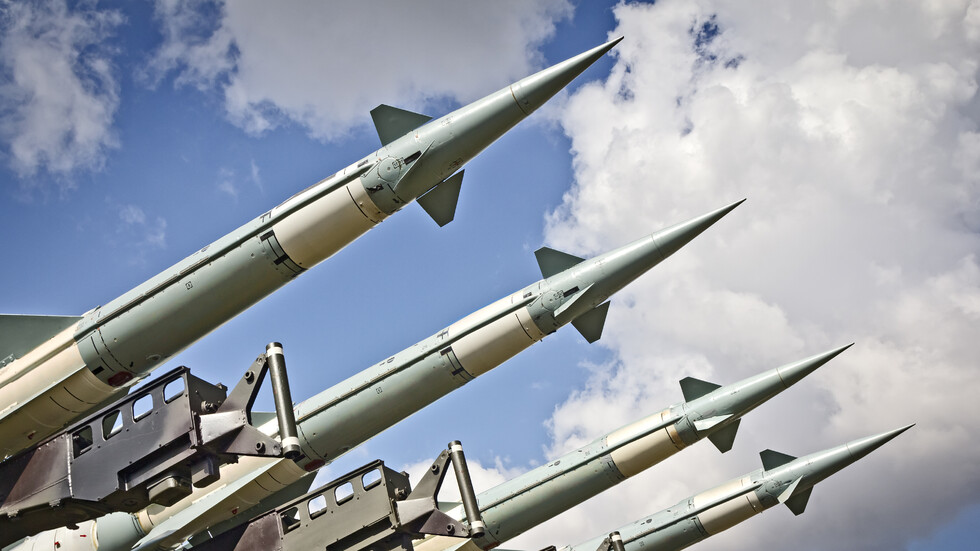The ruble teeters on its feet in a jaw blow that could prove an economic knockout: an alliance of the EU, the US, the UK and Canada this weekend closed Russian access to a large part of the $643 billion dollar (570 billion euros) to freeze President Putin’s filled war chest. With these international reserves, Putin seemed to have built a granite line of defense against sanctions: enough money, the equivalent of 17 months’ worth of Russian imports, to withstand the West’s squeeze on the Russian economy for a long time.
Due to this sanction, which also joined the neutral Switzerland beloved by wealthy Russians on Monday, Putin’s financial defense line is suddenly much less solid. A large part of Russia’s international reserves – government bonds, bank balances – consists of euros, pounds and dollars, and is located in the West. For example, about 22 percent are located in France and Germany. By freezing those and other reserves in the West, Russia loses access to about 40 percent of its own war coffers. That Western measure — an exceptional attack on the sovereignty of central banks, which normally enjoy immunity from political interference — comes on top of another sanction, the exclusion of some Russian banks from the international payment system Swift.
All this largely explains the nosedive that the ruble made on Monday. Last week, the Russian central bank managed to slow down the fall of its own currency by selling part of its international reserves and buying rubles instead. It was the first time since the annexation of Crimea in 2014 that the Russian central bank sold foreign exchange from its own reserves. For example, Russia managed to increase the ruble, which plunged towards 90 rubles per dollar immediately after the invasion of Ukraine, to 83 rubles per dollar.
Exceptional reprisal
That same trick is much more difficult for the Russian central bank to repeat today, now that it can no longer sell its western assets. An exceptional reprisal, which in the past has only been meted out to smaller economies such as Venezuela, Iran and North Korea. “It will turn out to be a myth that Russia has supposedly made its economy ‘sanction proof’,” a senior US government official announced on Sunday. “The ruble will collapse further, inflation will spike, and the Russian central bank will be defenseless.”
Putin did not see this sledgehammer coming, suspects the Russian economist Vasily Astrov of the Wiener Institut für Internationale Wirtschaftsvergleiche. “Because if they did see it coming, why did they keep such a large part of their financial reserves in Europe? That makes you vulnerable.”
The Russian central bank is not completely defenseless: 14 percent of Russia’s international reserves, for example, are held by China. Crucial is whether China will allow Russia to sell its yuan to keep its own ruble afloat. In a statement Monday morning, the Chinese Ministry of Foreign Affairs opposed Western sanctions. In addition, about a fifth of Russia’s international reserves consists of gold, which is entirely located in Russia. By offering some of that gold to the market at predatory prices, the central bank can gain some breathing space.
Nevertheless, Astrov expects that yuan and gold will not help the Russian central bank out of the fire. “Who are they going to sell gold to? Venezuela already had to go to great lengths to sell some of its gold after the US sanctions, eventually Venezuela managed to close a gold deal with Turkish President Erdogan. But Russia has much more gold than Venezuela, it will not be easy to find buyers at reasonable prices now. And selling yuan is possible, although I doubt that many Chinese investors dare to burn their fingers on Russia at the moment.”
What does the Russian do with his rubles?
In an effort to stop the ruble’s free fall, the Russian central bank doubled its key interest rate on Monday from 9.5 to 20 percent. There is also a temporary ban on Russian stock brokers from selling shares and other securities owned by foreigners, and Russian exporters are now obliged to convert 80 percent of their foreign exchange earnings into rubles. The stock exchange in Moscow will remain closed all week due to the turmoil in the Russian financial markets.
With these measures, the Russian central bank managed to stabilize the ruble somewhat. Over the course of Monday afternoon, around 100 rubles went into one dollar.
Astrov suspects that the ruble has not yet bottomed out. “At the moment, foreigners can no longer convert their rubles into dollars, but Russians themselves can for the time being. If they lose faith in the currency, it will be very difficult for the central bank to keep the ruble afloat. Moreover, we do not know what the coming days will bring: maybe more Western sanctions will follow, or Russia will hit back with its own sanctions. Former President Medvedev has already called for the nationalization of foreign assets in Russia. So I would be surprised if the ruble doesn’t fall even lower.”
–


